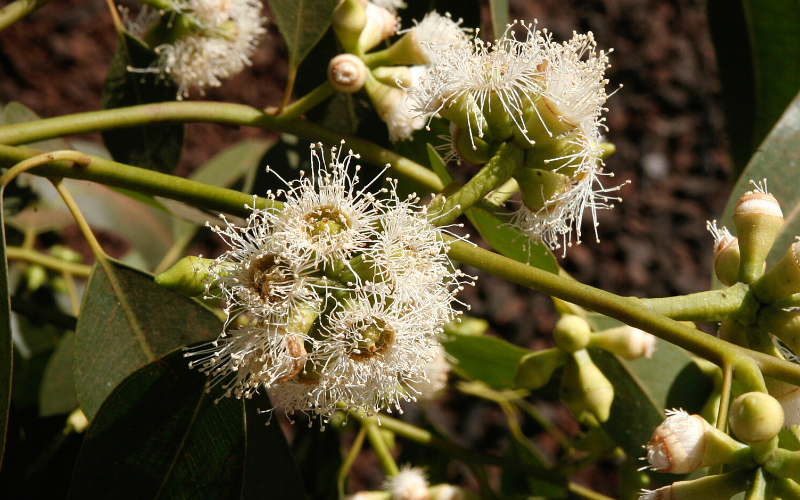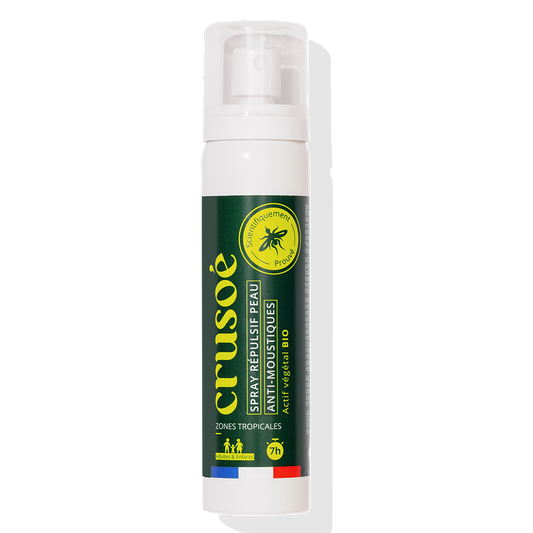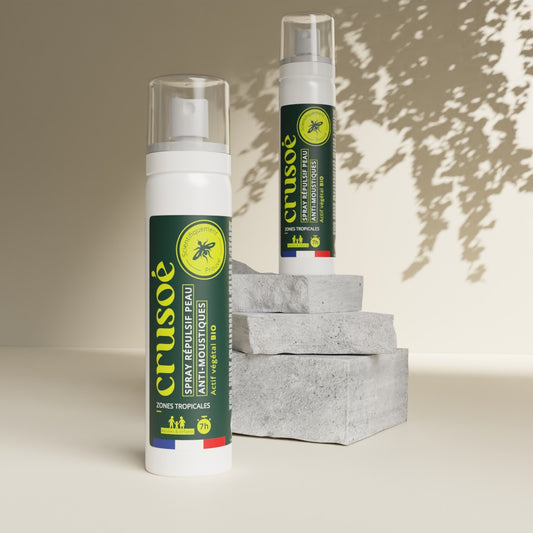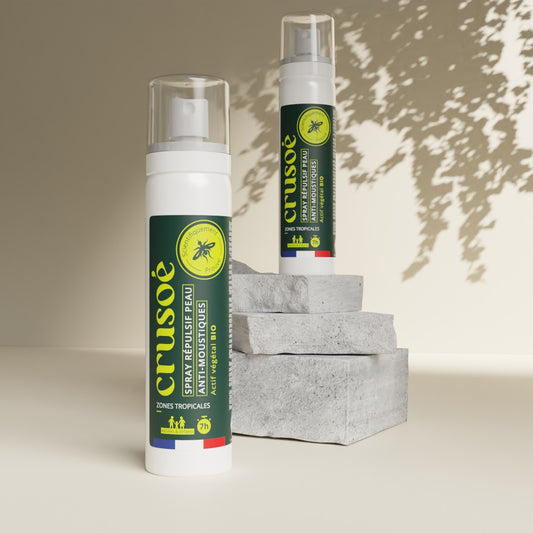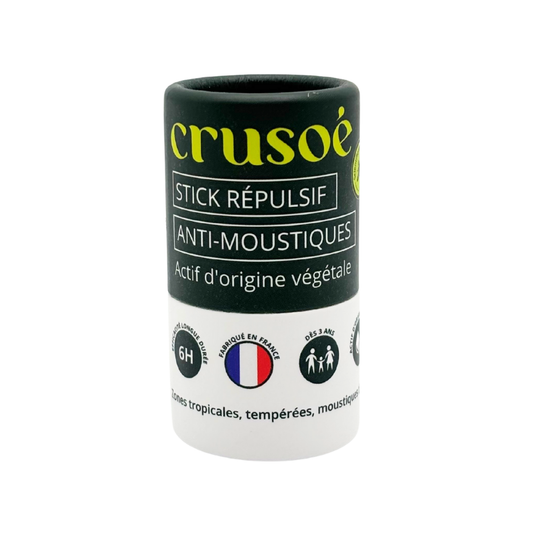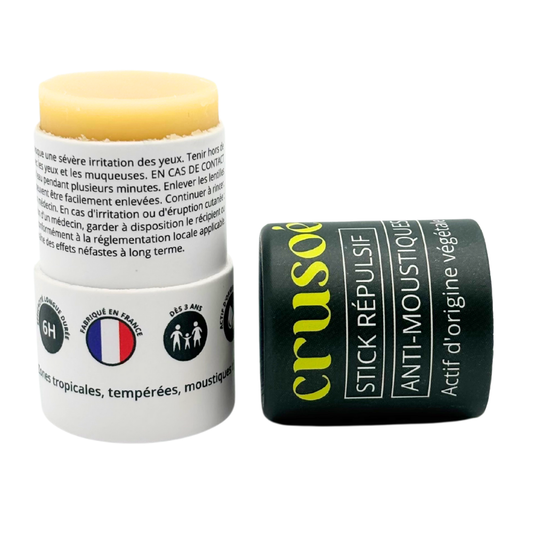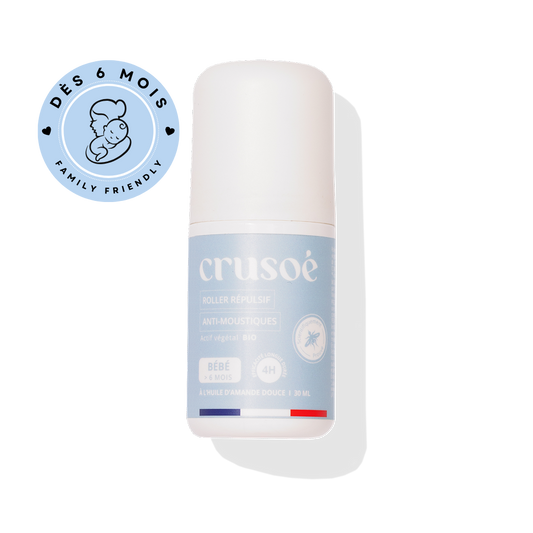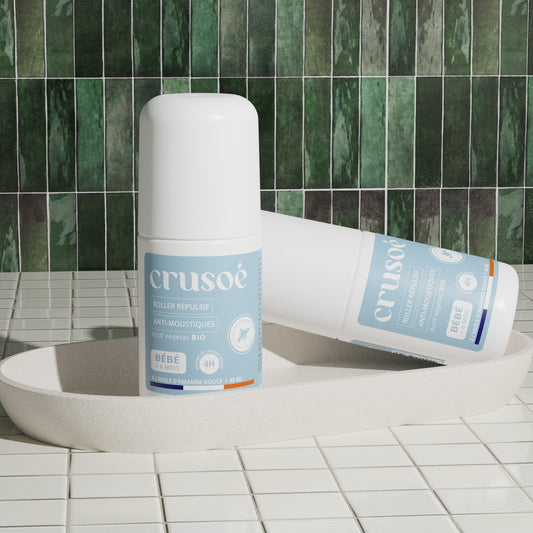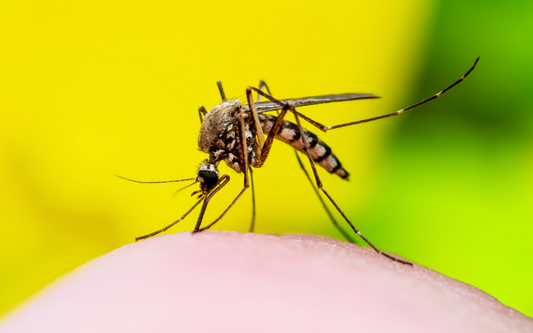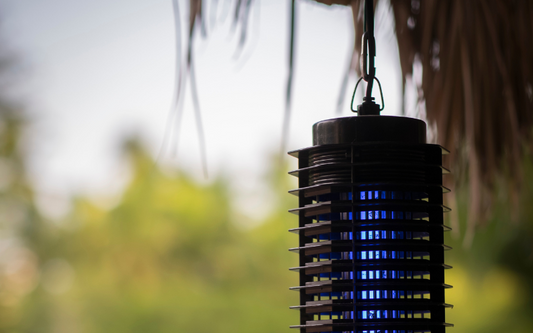Lemon eucalyptus, Corymbia citriodora (or formerly Eucalyptus citriodora ), is a large majestic tree well known for its medicinal properties. 1,2
Lemon Eucalyptus Corymbia citriodora
Its leaves naturally contain volatile oils which release a strong lemony smell . Its abundant foliage, stems and buds allow the preparation of an essential oil with a good yield (1.36%), and with various properties finding applications in traditional and modern medicine, perfumery and agri-food, as well as agrochemistry .
Historically, the leaves of lemon eucalyptus and its derived essential oil were widely used in traditional medicine , especially as an expectorant and decongestant in Africa as well as as an analgesic, anti-inflammatory and antispasmodic in India. 2.3
More recently, new properties antibacterial and antifungal were discovered. The essential oil showed strong activity against antibiotic-resistant skin and enteric bacteria classics in men. 4
These results are currently limited to the research stage. However, these antimicrobial properties are already used in agrochemistry to limit the proliferation of certain fungal pathogens on living plants as well as to naturally preserve seeds and cereals by repelling insects and microbes. 2,5,6
This insect repellent property in agrochemistry has led to much confusion about its repellent properties of lemon eucalyptus essential oil against mosquitoes. PMD molecules - a mosquito repellent as powerful as DEET - are naturally present in the essential oil but in very small quantities (from 0 to 3% depending on the origin of the tree) 8 Several studies have shown that lemon eucalyptus essential oil has a very low and very short repellent activity against mosquitoes: barely 12% repellent activity against the tiger mosquito during the first hour of application 8 and no more activity after two hours.
In addition, lemon eucalyptus essential oil is to be used with caution , because of its chemical composition which gives it its many properties. It is composed mainly of citronellal (55-75%), citronellol (10-20%) and isopulegol (5%). 3.6 Citronellal is a chemical molecule classified as causing skin irritation , possibly causing skin allergy sensitization in humans, and as hazardous and toxic with long-term effects on aquatic life. 10
With this knowledge, the Crusoé team developed an innovative formulation based on lemon eucalyptus essential oil without citronellal so that it is safe. This lemon eucalyptus essential oil is transformed (hydrated and cyclized) to generate PMD - a natural molecule with strong mosquito repellent properties.
Claire Grison - Biochemistry Engineer, Doctor of Organic Chemistry and Scientific Editor
References:
[1] K. Hill and L. Johnson, Telopea: Journal of plant systematics , 1995, 6, 185–504.
[2] BA Ayinde, in Essential Oils in Food Preservation, Flavor and Safety , ed. VR Preedy, Academic Press, San Diego, 2016, pp. 413–419.
[3] DR Batish, HP Singh, N. Setia, S. Kaur and RK Kohli, Zeitschrift für Naturforschung C , 2006, 61, 465–471.
[4] S. Luqman, GR Dwivedi, MP Darokar, A. Kalra and SPS Khanuja, International Journal of Essential Oil Therapeutics , 2008, 8.
[5] H. Ramezani, HP Singh, DR Batish and RK Kohli, Fitoterapia , 2002, 73, 261–262.
[6] H. Tolba, H. Moghrani, A. Benelmouffok, D. Kellou and R. Maachi, Journal of Medical Mycology , 2015, 25, e128–e133.
[7] AV Degani, N. Dudai, A. Bechar and Y. Vaknin*, Journal of Essential Oil Bearing Plants , 2016, 19, 410–420.
[8] World Intellectual Property Organization, WO2021005204A1, 2021.
[9] B. Solomon, T. Gebre-Mariam and K. Asres, Journal of Essential Oil Bearing Plants , 2012, 15, 766–773.
[10] PubChem, Citronellal, https://pubchem.ncbi.nlm.nih.gov/compound/7794.

